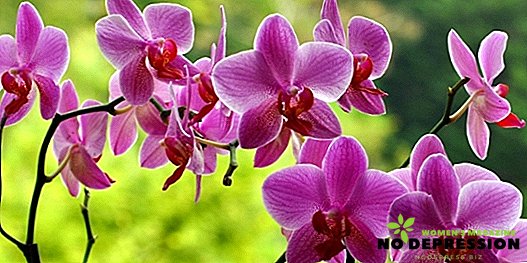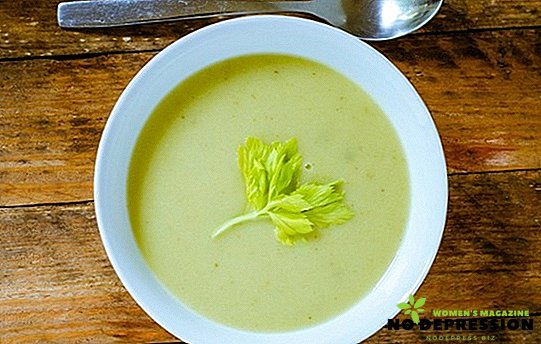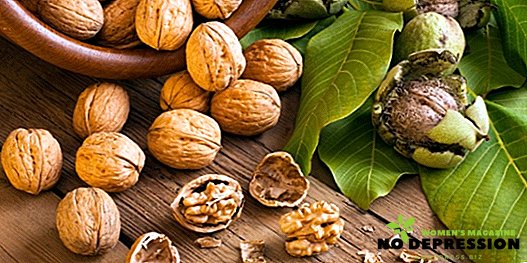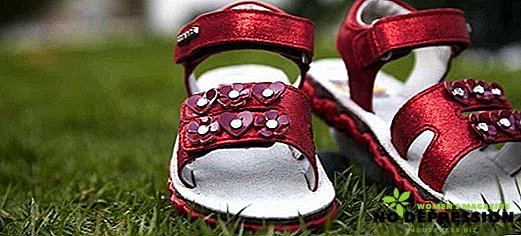Orchids are very beautiful and exotic flowers. It is extremely difficult to grow them from seeds, it is done in laboratories using special chemical reagents and equipment under strict, tireless observation.
But the difficulties of growing orchids from seed continue with the subsequent care of these flowers. This applies to the composition of the soil, and watering, and attempts to force the plant to bloom. However, this does not reduce the desire of people to have this exquisite flower in their collection.

After seeing an orchid from a friend, many wonder how you can grow one for yourself by using some of its parts. Since orchids are tropical flowers — parasites, mostly without a strong root system, vegetative reproduction is not alien to them. But some subspecies have developed roots that allow dividing the plant into parts.
When can grow orchids
Like most other plants, tropical orchids are best propagated in springtime. Replanting during flowering, like any other plant, orchid is not recommended.
In general, orchids are propagated by children, dividing or growing from seeds. The latter method is much more complicated and longer. You can also get an orchid, propagating it with shoots, layering, and peduncle. The choice of method depends on the type of plant.
The reproduction of orchids by dividing at home
The division is one of the most popular ways of breeding houseplants, and in this case orchids are no exception. It is worth noting that the division is suitable only for the simpoidal form of orchid growth, since such plants have strongly developed roots. These include:
- cattleya;
- cherish;
- cymbidium;
- multonium;
- ondiuidium.
To divide an adult, well-developed plant, you must remove it from the pot and gently shake off the ground. Rhizomes are divided in half, keeping at least two pseudobulbs in each part.

The cut in each half is treated with a disinfecting solution, and then planted in a new permanent place. Care after transplantation is standard. Pretty soon after division, young shoots start to appear on the plant, if you carefully care.
If there are no shoots, most likely, the orchid is not rooted. If everything is done correctly, and the time to choose the spring, the flower should take root after the separation.
Reproduction of orchid shoots at home
Most orchids have aerial roots, or so-called side shoots, or aerial kids. They are excellent for breeding plants, especially those species that do not tolerate or poorly tolerate reproduction by division.
An example of such an orchid is phalaenopsis. Flowers are propagated in late winter - early spring. To do this, choose a plant not younger than 1.5 years.

Orchid can be propagated during the period when it has completely bloomed and got rid of the flower, preparing for hibernation. For breeding shoots should observe the following algorithm:
- In late February or early March, reduce the frequency of watering, watering no more than once in 10 days;
- The pot is cleaned in a dark and cool room, where there are no sudden temperature drops during the day around +20 and at night +18;
- Every day a flower is brought out for sunbathing for a period of no longer than 1 hour; All this is done to wake up the sleeping kidney;
- After that, transfer the pot to a warm room, where the temperature is in the region of + 20-25, not less, so that the shoots continue to form; the pot is still kept in the shade;
- In order for the flower to develop at the desired speed, but not to be flooded with water, watering should be made no more than 4-5 times a week with warm water that has been pre-heated to +30 degrees;
- Watering is accompanied by nitrogen fertilizer fertilization, and to create moisture the plant itself is sprayed with water twice a day.
Due to the heat and humidity, the plant will quickly release shoots that are able to independently form into a full-fledged orchid. Such bushes will occupy flower stalks instead of flowers. They develop well at warm temperatures, turning into a new orchid.

Orchid reproduction by layering at home
Simpoidal orchid species often have dormant buds located on the stem of a plant. These buds can become full-fledged rosettes if suitable conditions are created for them. For this you need:
- Line a container with small moss or sphagnum boards or expanded clay to create a moist and warm environment.
- The plant is tilted with a stem to the container, without separating it from the main one. The kidney is fixed in a tray and covered on top with a plastic transparent container, cutting a hole for the stem.
- For faster pasture of the kidneys, the light around the plant should be good.
- Wednesday in the pot constantly moisturize, but do not pour water on the stem of the plant.
- If done correctly, after a period of 3 weeks or a little more, the kidney will sprout.
- After a stronger root system develops at the outlet, it is detached and transplanted, fertilized and carefully watered in order to simplify adaptation.

Reproduction orchids cuttings at home
Cutting like not all subspecies of these beauties. The cuttings are best to multiply from monopoids:
- brassavol;
- vand;
- Ascocentrum;
- anhrekum;
- aeridis;
- aanil;
- phalaenopsisv
These species have a simple structure without pseudobulb. They have a thin and long stem, growing quickly from top to bottom. Propagate them, cutting off a segment of the stem or a lateral shoot no longer than 15 centimeters, not forgetting to take a sharp lake treated with a disinfectant solution, such as manganese.
The cut is also disinfected and put in the pot. It is best to take the stems with a pair of nodes and buds in the sinuses. If all goes well, about a month later shoots will appear.

Reproduction of orchids "kids" at home
Reproduction by children is quite effective, especially for some types of orchids. These are, for example, phalaenopsis and dendrobium. However, before propagating the plant in this way, the children should appear.
To do this, when caring for plants, it is necessary to observe a special regime in which orchids are constantly fertilized with highly nitrogenous fertilizer, and also placed in a warm and moist room.
When the roots appear, the baby is separated from them, with the obligatory processing of the cut with dry coal, after which it is planted in a separate container in a permanent place.
Paste is applied to one of the upper buds, after making a small incision on the scales to the green content. With this treatment, the baby on the kidney will appear within a few weeks.

The reproduction of the orchid peduncle at home
Peduncle reproduce only those species that grow rapidly. These include phalaenopsis and aridis. After the orchid has faded, the peduncle is cut as close as possible to the base, after which it is divided into areas of about 3-4 centimeters. At each such site should be at least one sleeping kidney.
Sections are disinfected and parts of the peduncle are placed in a moist environment, which is created from moistened moss, which is constantly wetted throughout the germination process.
The room should be kept warm and humid environment, the temperature of at least 25 degrees. Under such conditions, flower stalks begin to grow fairly quickly.
Orchid reproduction seeds at home
Growing an orchid from seed is a very difficult task that does not guarantee success. This is best done in the laboratory. Orchid seeds are naturally devoid of nutrients, so they are forced to take it from the outside.
That is why, in artificial cultivation, they are placed in a special solution from simple carbohydrates like glucose or sugars. Initially tiny seeds are germinated in Petri dishes, and then placed in flasks with a special composition, and processed together with a solution.
All liquids and dishes must be sterile, as the seeds are easily infected with various fungi, which threatens the success of germination. When growing seeds in flasks, be sure to monitor the warmth of the room, humidity and day length, which is regulated by special lighting. Upon completion of the term, the seeds are transferred to the ground, which is also processed.

Outside the laboratory, seeds can be germinated in a soil consisting mostly of moss, chopped into small pieces, and a small amount of soft soil. Before sowing, the soil is moistened, after which the seeds are sown in rows. Next, the crop is sprayed with water, which is previously softened. The room should always be warm enough throughout the germination.
When the first shoots appear, and further, the first leaves appear in them, they are transplanted into peaty soil with moss. When the seedlings develop to the third leaf, they are transplanted into a more rigid composition, which already has chopped fern roots. In the ground for adult orchids, sprouts are planted after the appearance of four leaves.
You can learn more about the method of breeding orchids from the following video.












